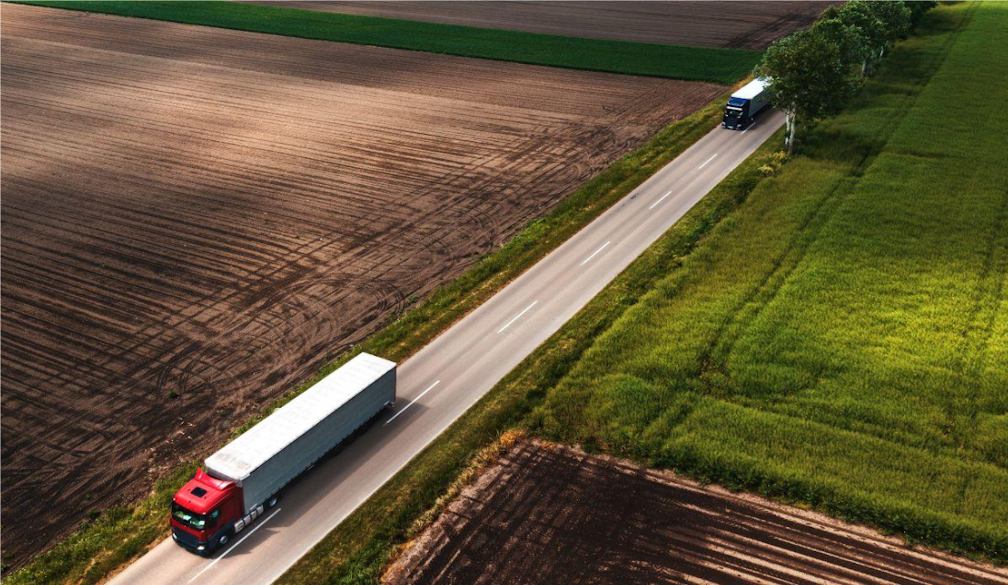Ways To Make Money Out Of The Old Cars In Your Property
- Written by Modern Australian

When you have a large property, it is easy to collect things on it. You will often find vehicles accumulating in areas like these. They may be your vehicles that no longer work, and you decide to leave it there. There could also be people dumping their unwanted items on your property, leaving you to get rid of them and tidy up after the selfish people.
When you have many vehicles to get rid of, you may be able to make some money while disposing of them. Do take note that this would still depend on what make and model they are. The vehicle’s condition is taken into consideration as well. Below are various ways you can get rid of the vehicles from your property and help to tidy it up.
Take Stock And Sell As Is
You may find that there is someone somewhere willing to buy your vehicles as they are, and it can be lucrative for you if you can do this. Before that, you will need to take stock of all the vehicles on your property you are looking to get rid of and make a list and take pictures. You can then sell them sold as seen on auction websites such as eBay, where you may find people willing to take them off your hands. There are buyers where you can sell your car for cash Sydney and other major cities have.
Dismantling The Cars & Selling The Parts
It might be more lucrative for you to dismantle the cars and sell the parts individually, especially if the vehicles you have are highly sought after. If the cars are vintage, the vehicle parts can be valuable, and there may be a significant demand for the parts. You can advertise the car parts you have available on eBay and other websites, and it is also good to sell these on specialist car websites where people are looking for specific car parts. However, the one drawback with this method is it will take time to dismantle the cars, take pictures and list the car parts, and sell everything. If you have time available, it is not an issue. However, if you want to get rid of the vehicles quickly, you may want to call a car salvage near you to dispose of the vehicles.



















